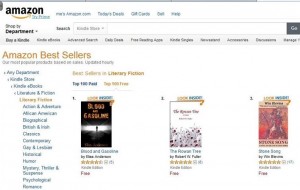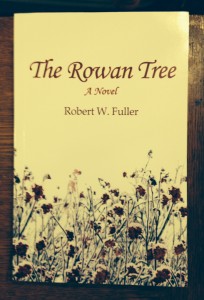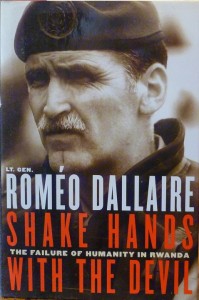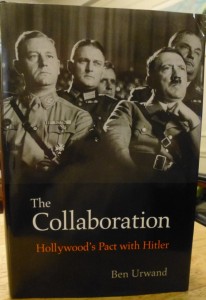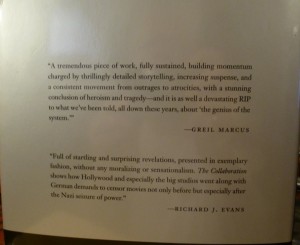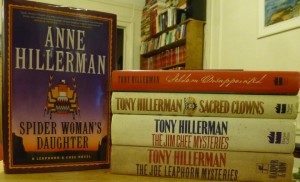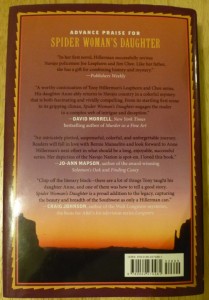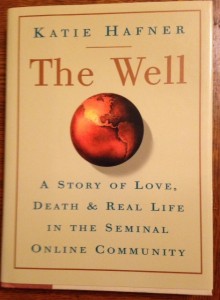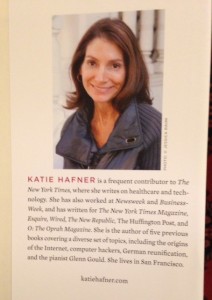#FridayReads, Jan 10–Robert W. Fuller’s Visionary Novel “The Rowan Tree”
#FridayReads, Jan 10–Robert W. Fuller’s The Rowan Tree
In 2011-12 one of the most enjoyable assignments I undertook was the editing of the manuscript of The Rowan Tree, a novel by noted thinker Robert W. Fuller.
Though I last worked on it a year ago, I’m writing about it today because I recently received a copy of the printed book from the author, and have been dipping in to it again, relishing the formal book presentation of a work I had last read on-screen. In 2013 Fuller self-published it and just before Christmas let me know that the book has been doing extremely well, finding readers all over the world. That’s fitting, as it’s truly a global book.
It opens in the late 1960s with the installation of protagonist Rowan Ellway as the new president of a small Midwestern college; it closes in 2030 amid the climax of a U.S. presidential campaign involving Rowan’s son Adam, who was earlier Speaker of the House of Representatives. The novel’s sixty-year arc touches on campus life, ballet, college basketball, interracial relationships, world government, and the bright red berries that drop from the rowan tree. At the same time, readers are treated to memorable characters like Easter Blue, a female African-American student who becomes Rowan’s ally in reform and soul mate in life; Marisol, a talented ballerina and Adam Blue’s half-sister; Élodie, a French-Vietnamese doctor with Doctors Without Borders; and Lahiri, a metaphysically-minded professor of geology in India. The Rowan Tree captures the universal quest for dignity in our time and envisions this quest in the decades to come. The novel relies on realism for its storytelling yet is unabashedly speculative in its vision of the future, in the sense that Margaret Atwood uses the term ‘speculative fiction.’
Fuller’s background is as fascinating as the novel, and key to the writing of it. His father worked at Bell Labs where he invented the solar cell. Bob was a childhood prodigy who attended Oberlin College at age 15, then got his Ph.D. in Physics from Princeton, at 18. At 24 he co-authored Mathematics of Classical and Quantum Physics, a textbook still widely used today. At 33 he was named president of Oberlin College, then the youngest college president in the nation. In the years that followed, he worked with the government of Indian Prime Minister Indira Ghandi to alleviate famine; with President Carter on the Presidential Commission to End World Hunger; and with Soviet scientists to reduce nuclear stockpiles during the Cold War. With the collapse of the USSR, Fuller’s career as a citizen-diplomat ended. From his status as a former college professor, president, and envoy, he reflected that at times in his life he had in society’s eyes been a ‘somebody,’ whereas now he was a comparative ‘nobody.’ This led him to identify the abuses of power inherent in unmerited rank as the unexamined prejudice of our age, and write through that prism.
While the novel outlines his vision of a just society, it is no mere manifesto. It’s an exciting and pacy story with an engrossing plot, structured like an Arthurian quest, climaxing with a vision of a world in which the attainment of dignity for all—the holy grail—is at last within reach. You might say the novel is a “Fountainhead for liberals.”
I’m happy for Fuller–his book is totally worthwhile and it’s a great read. He also sent me a screenshot (shown below) that shows that his book is finding readers on Amazon, where readers have left worthy comments like this one, which I’ll assign the last word in this post: “The narrative takes the reader to unexpected places, cleverly spanning history with glimpses of a future possible. The philosophy could have so easily been overdone, but instead allowed the characters to evolve in each of their own story arcs. I have been reflecting on my own responses ever since. Read it and allow the lessons to shape your own story…” 